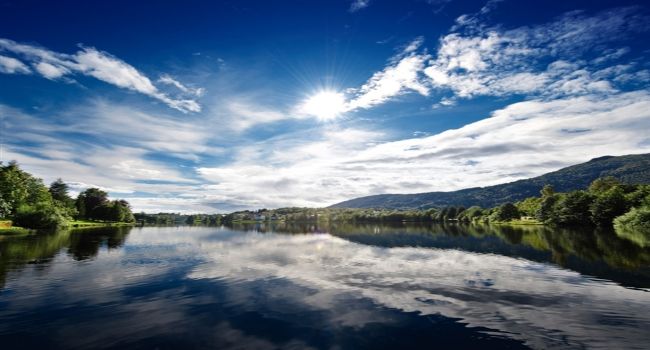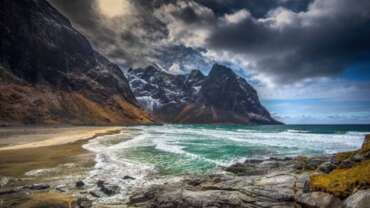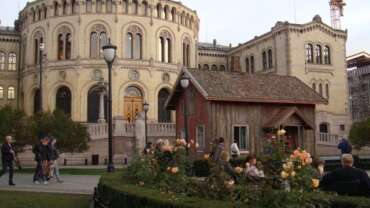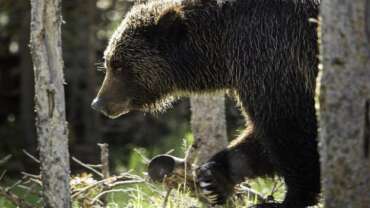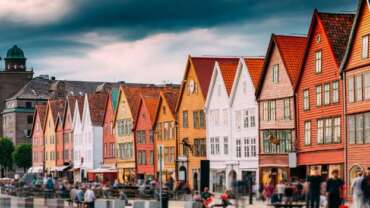Nature Attractions in Norway
Masterpieces of nature
The glaciers, mountains, and waterfalls are all about raw, sublime power. On the other hand, natural wonders such as the northern lights, the midnight sun, the fjords, and quiet national parks highlight Norway’s serene qualities.
Northern lights
Experiencing the unbelievable colours flashing across the Arctic sky is on many travellers’ bucket list. Few places on earth offer more ways to witness the aurora borealis than Norway.
Midnight sun
Like a prolonged sunset and sunrise all at once, this natural phenomenon colours heaven and earth in a reddish yellow light. Welcome to the land of the midnight sun.
Fjords
The UNESCO-protected fjords are symbols of the beauty of traditional Norway. Places where time moves in its own pace.
Mountains
Discover the mighty mountains of Norway – the country has almost 300 peaks above 2,000 metres. Combined with a national passion for outdoors activities, there are suitable challenges for both beginners and seasoned mountaineers.
National parks – NATURE’S OWN MUSEUMS
To use something is not the same as consuming it, as prominent Norwegian philosopher Arne Næss once said. Norway’s national parks is a perfect example of this. The area you are entering is the kingdom of nature and its creatures. The concern and respect for animals and plants come first. Explore large and rare ecosystems, unspoilt nature, and natural habitats for wild animals.
Where the harmony of nature comes first
The harmony of nature makes its beauty, and its fragility is preserved through the huge national parks. Endangered animals and rare plants have optimal premises for survival.
As the national parks are scattered all over Norway, you will often find one relatively close to where you are.
Nearly 85 percent of Norway’s national parks are mountains, from gently rolling high plateaus to sharp peaks, ravines, and glaciers. In contrast, four of the national parks are defined as marine, which means that 98 percent of the preserved area in these parks are underwater. People have been exploring many of these areas for about 10,000 years, and now it’s your turn.
Waterfalls – CHASING THE PERFECT FLOW
Seeing hundreds of thousands of litres of water cascading down a cliff can be a strangely fascinating and humbling experience. Some of the world’s tallest waterfalls are found in Norway.
According to the World Waterfall Database, 10 of the 30 tallest waterfalls in the world are in Norway. Many of them provide a link between the mountains and the fjords whilst others reside in rivers, and they are all an integral part of the variation in the Norwegian landscape.
Several of the most scenic waterfalls can be seen in the south-western parts of Norway, and the best time to experience them will be in May and June, when the ice and snow from the mountains is melting and the water levels are at their highest.
Vettisfossen, with its single drop of 275 metres, is the tallest unregulated free-falling single-drop waterfall in Norway. It was also voted Norway’s most beautiful waterfall by the readers of the Norwegian newspaper Dagbladet in 2014.
Langfoss is another sight to behold, as its waters cascade 600 metres down the mountainside into the Åkrafjord. The tallest waterfalls in Norway drop over 800 metres, and by total overall height, Vinnufallet is the tallest according to World Waterfall Database. It is located in Sunndalen in Northwest, an area with many beautiful waterfalls, including Åmotan and Mardalsfossen.
Other attractions include Vøringsfossen in Måbødalen valley and The Seven Sisters (“De syv søstre”) in Geiranger – named so because it may look like the hair of seven women. The mighty Kjosfossen is one of many highlights on the Flåm Railway, where, during the main tourist season in the summer, actresses dressed as the mythological creature Huldra dance and sing in front of the waterfall.
For Norwegians, waterfalls represent more than a nice photo opportunity. A majority of the waterfalls in the country are, sometimes controversially, used for energy purposes, and powers a lot of local industry.
Glaciers – WITH POWER TO SHAPE THE EARTH
You may climb them, hike them, marvel at them – even ski on them in the middle of the summer. But you can’t fail to feel the massive, untamable power inherent in the glaciers.
Sometimes you need a reminder of the vast forces of nature – that there are some things, even in our modern society, that cannot be tamed. Glacier hiking makes for one of those moments.
Mighty mother nature
Glaciers like the mighty Jostedalsbreen make you feel small in the landscape and can be as unforgiving as they are magnificent. Always be careful when experiencing a glacier or one of its branches up close.
Due to deep crevasses, avalanches, and the constant and unpredictable movement of the ice blocks, you should never go out on a glacier on your own. With professional guides and equipment to ensure your safety, though, hiking a glacier in Norway is an unforgettable experience – a true adventure.
Even when hundreds of meters deep, the ice is always on the move and is strong enough to literally shape the Earth. It was the Ice Age glaciers that carved out Norway’s characteristic fjords, valleys, and steep mountainsides. Remnants of those prehistoric glaciers remain.
EXCITING CAVES AND CAVERNS
A hole through a mountain, underground labyrinths, and a mysterious cave by the sea! Explore Norway’s most impressive caves – with or without a guide. Some are like mountain cathedrals. Others are long and narrow – so narrow that you have to wriggle your way on your stomach in some cases. All of them are pretty awesome.
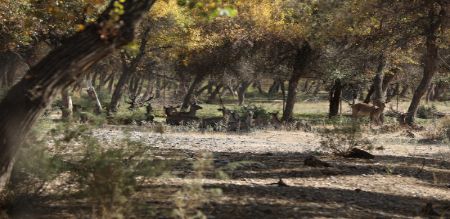
Zarafshan reserve
Located along the right bank of the Zarafshan River, in the southeast of the Samarkand region, the Zarafshan Reserve has a large territory – more than 2 thousand hectares of land. The tugai forests and the rare Zarafshan pheasant on its territory are strictly protected by the government of the country.
Although the entire area of the reserve is tugai forests, in addition to tugai, fruit trees, willow, poplar, comb, sea buckthorn, reed, licorice, broom, goof and much more can be found here.More than 24 species of mammals make up the local fauna, including fox, badger, jackal, toll hare, porcupine and various rodents.



